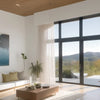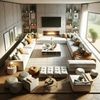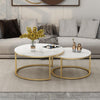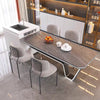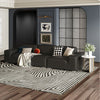The Pros and Cons of Glass vs Wood Dining Tables
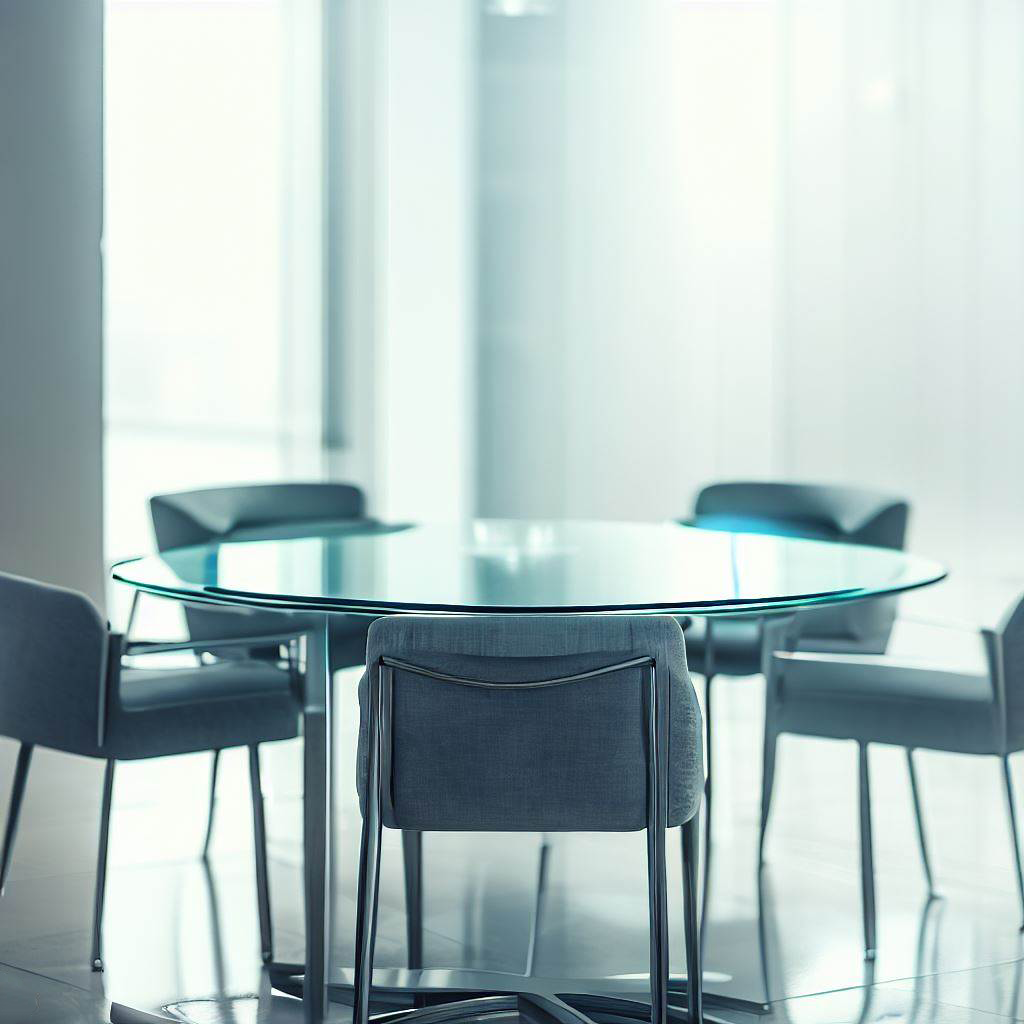
Glass and wood are two of the most popular materials used for dining tables. Both have their own unique advantages and disadvantages, which can make the decision of choosing between them a bit difficult. In this article, we'll explore the pros and cons of each material to help you decide which one is best for your needs.
Pros of Glass Dining Tables:
-
Aesthetic Appeal: Glass dining tables have a modern and sleek look that can elevate the style of your dining area. They are often seen as more sophisticated than wood dining tables and can make a room appear larger due to their transparent nature.
-
Easy to Clean: Glass dining tables are very easy to clean and maintain. You can simply wipe them down with a damp cloth or glass cleaner to remove any smudges or fingerprints. Unlike wood tables, glass doesn't absorb spills and stains, which makes it ideal for families with young children or messy eaters.
-
Versatile: Glass dining tables come in a variety of shapes, sizes, and styles, making them a versatile choice for any home décor. They can complement both traditional and contemporary styles and can be paired with a variety of chairs to create a unique look.
Cons of Glass Dining Tables:
-
Fragile: Glass is a fragile material that can easily break or crack. This can be a concern for families with young children or pets. Additionally, glass tables are not ideal for outdoor use as they can be damaged by wind, rain, or hail.
-
Scratches: Glass dining tables can scratch easily, which can be a concern if you plan to use them frequently. However, you can minimize the risk of scratches by using coasters and placemats and avoiding placing heavy objects on the table.
-
Maintenance: While glass tables are easy to clean, they do require regular maintenance to keep them looking their best. Over time, the edges of the glass may become dull or chipped, which can affect the overall look of the table.
Pros of Wood Dining Tables:
-
Durability: Wood dining tables are very durable and can withstand daily wear and tear. They are a great option for families with young children or pets as they are less likely to break or scratch.
-
Warmth: Wood dining tables have a warm and inviting look that can create a cozy atmosphere in your dining room. They can complement both traditional and modern styles and can be customized to fit your unique style.
-
Variety: Wood dining tables come in a variety of wood types, finishes, and styles, making them a versatile choice for any home décor. They can be paired with a variety of chairs to create a unique look.
Cons of Wood Dining Tables:
-
Maintenance: Wood dining tables require more maintenance than glass tables. They can absorb spills and stains, which can be difficult to remove if not addressed promptly. Additionally, wood tables require regular polishing and refinishing to keep them looking their best.
-
Prone to Scratches: Wood dining tables are more prone to scratches and dents than glass tables. This can be a concern if you plan to use them frequently or have young children or pets.
-
Cost: Wood dining tables can be more expensive than glass tables due to the cost of the materials and the craftsmanship involved in their construction.
In conclusion, both glass and wood dining tables have their own unique pros and cons. When choosing between the two, consider factors such as style, durability, maintenance, and budget. Ultimately, the choice comes down to personal preference and the needs of your household.

